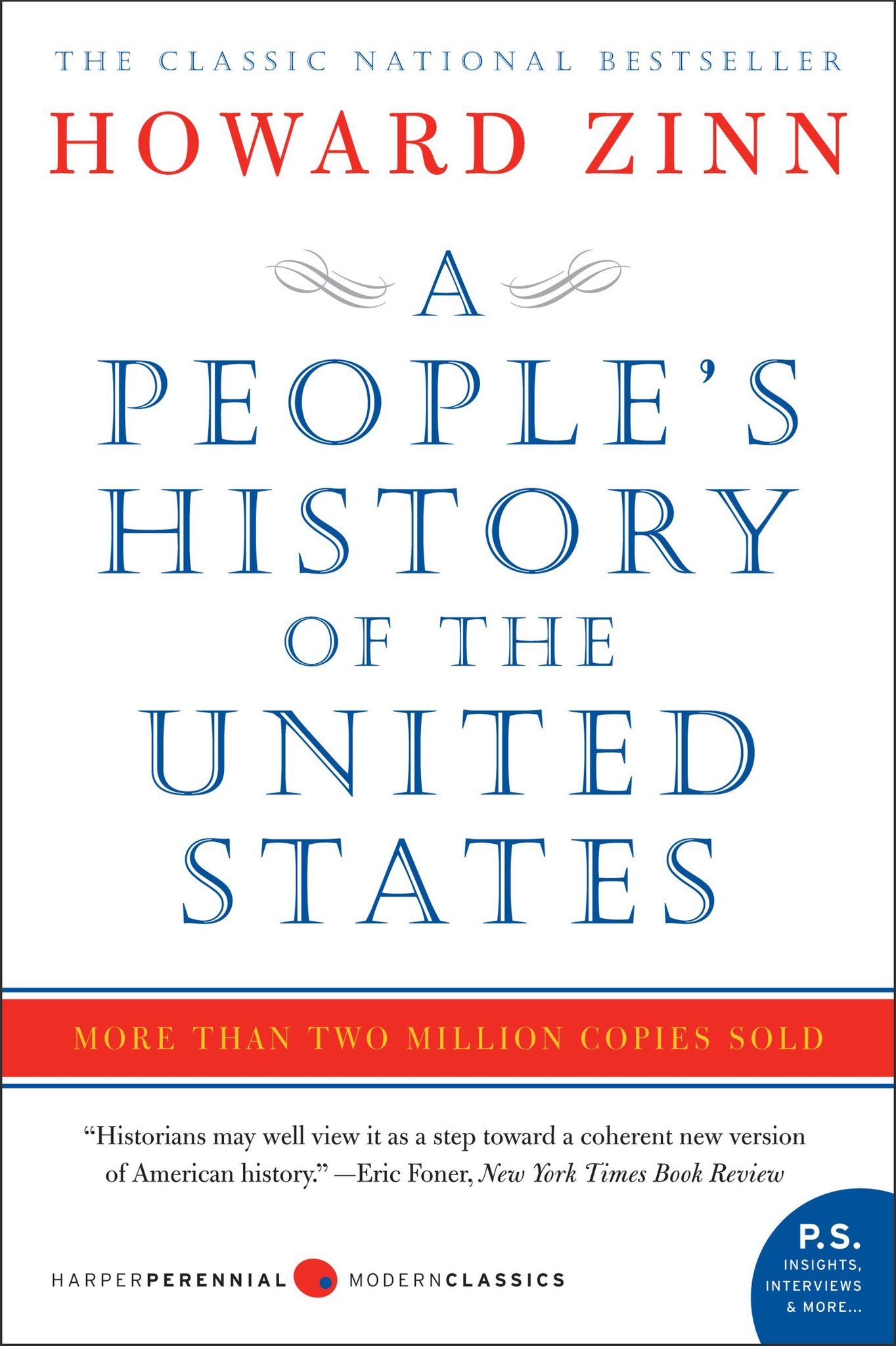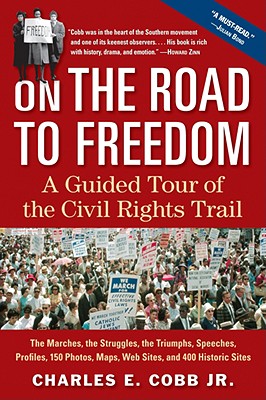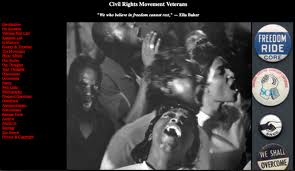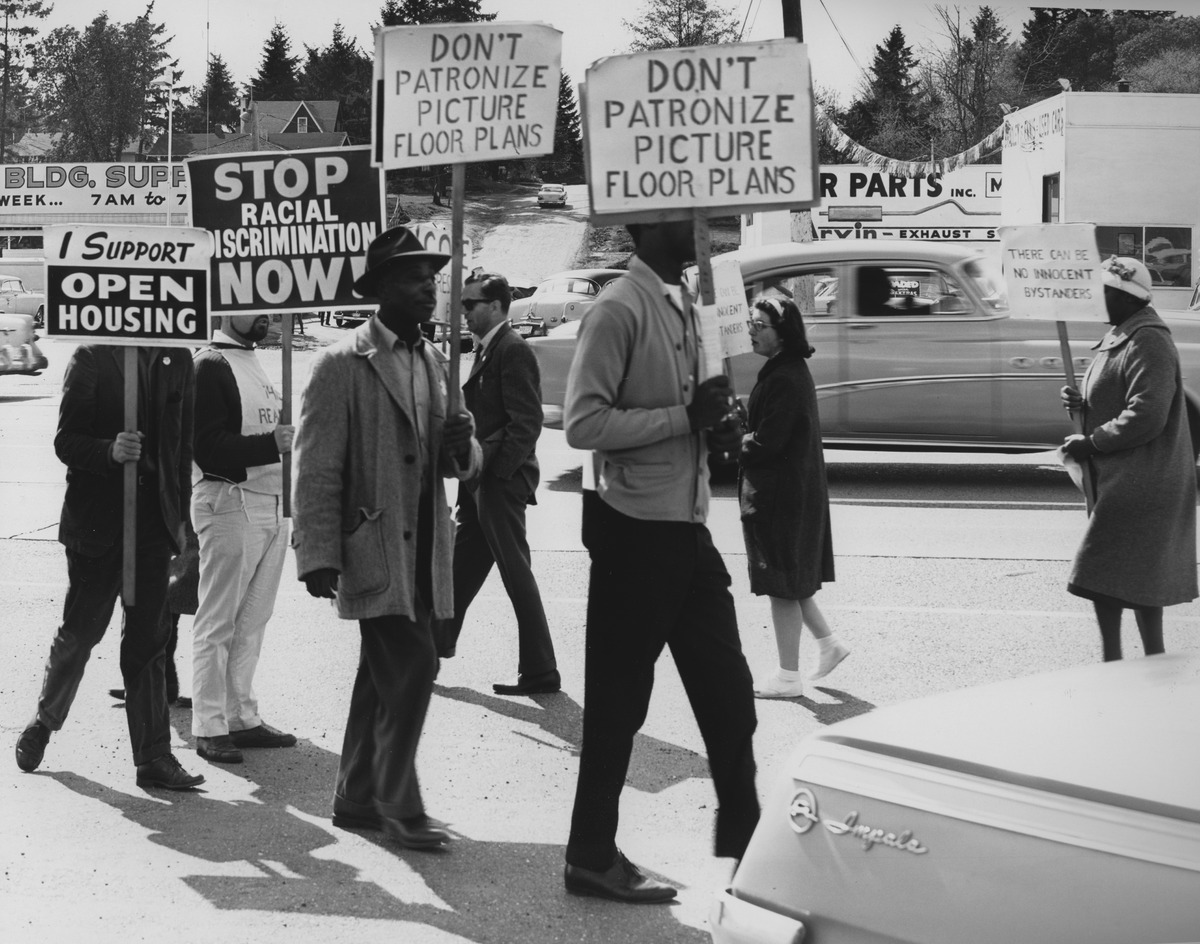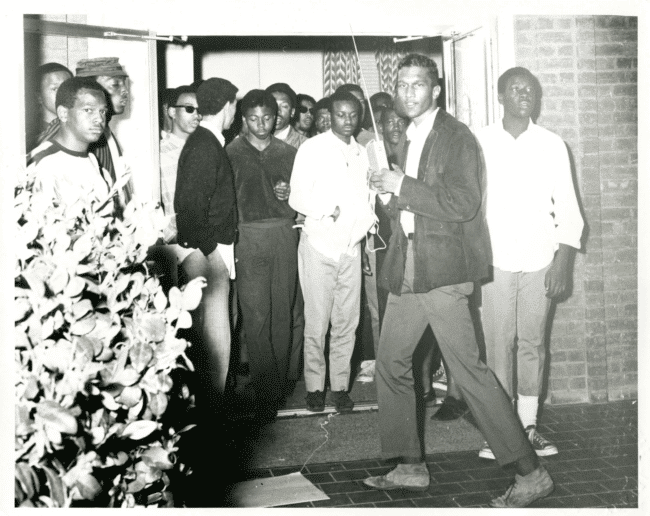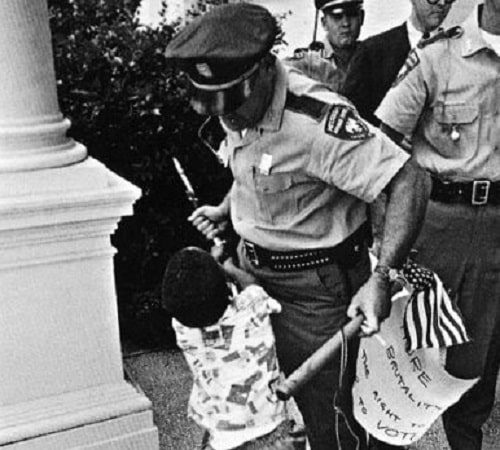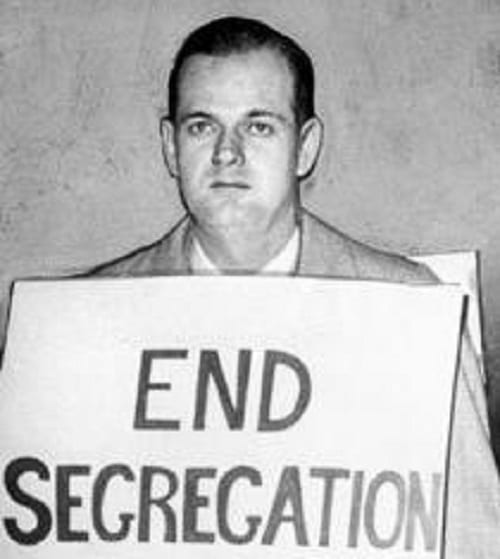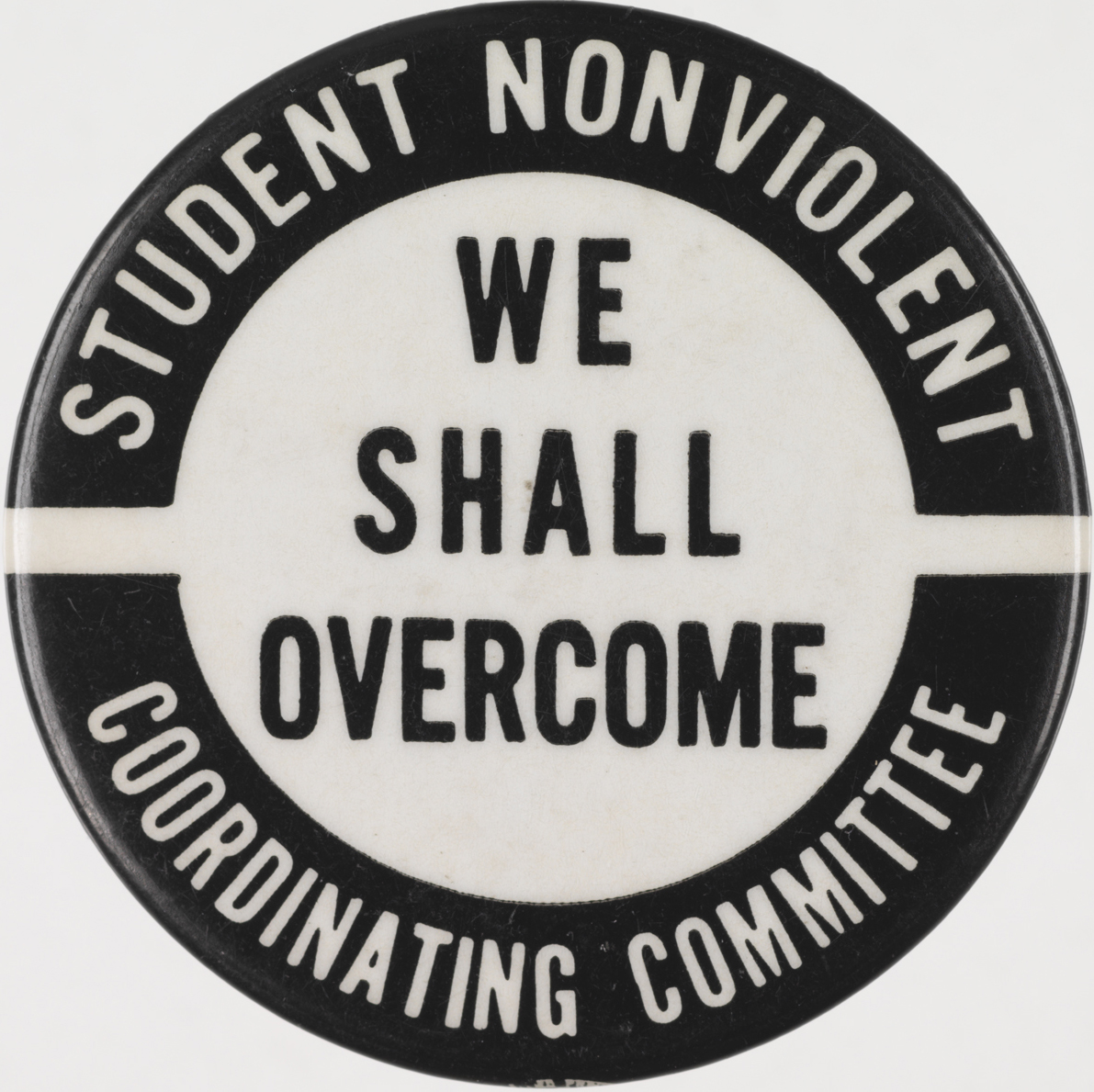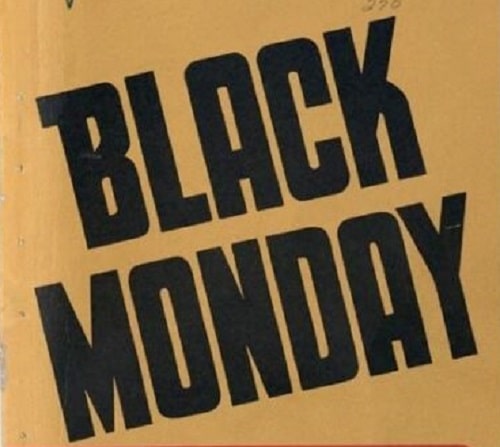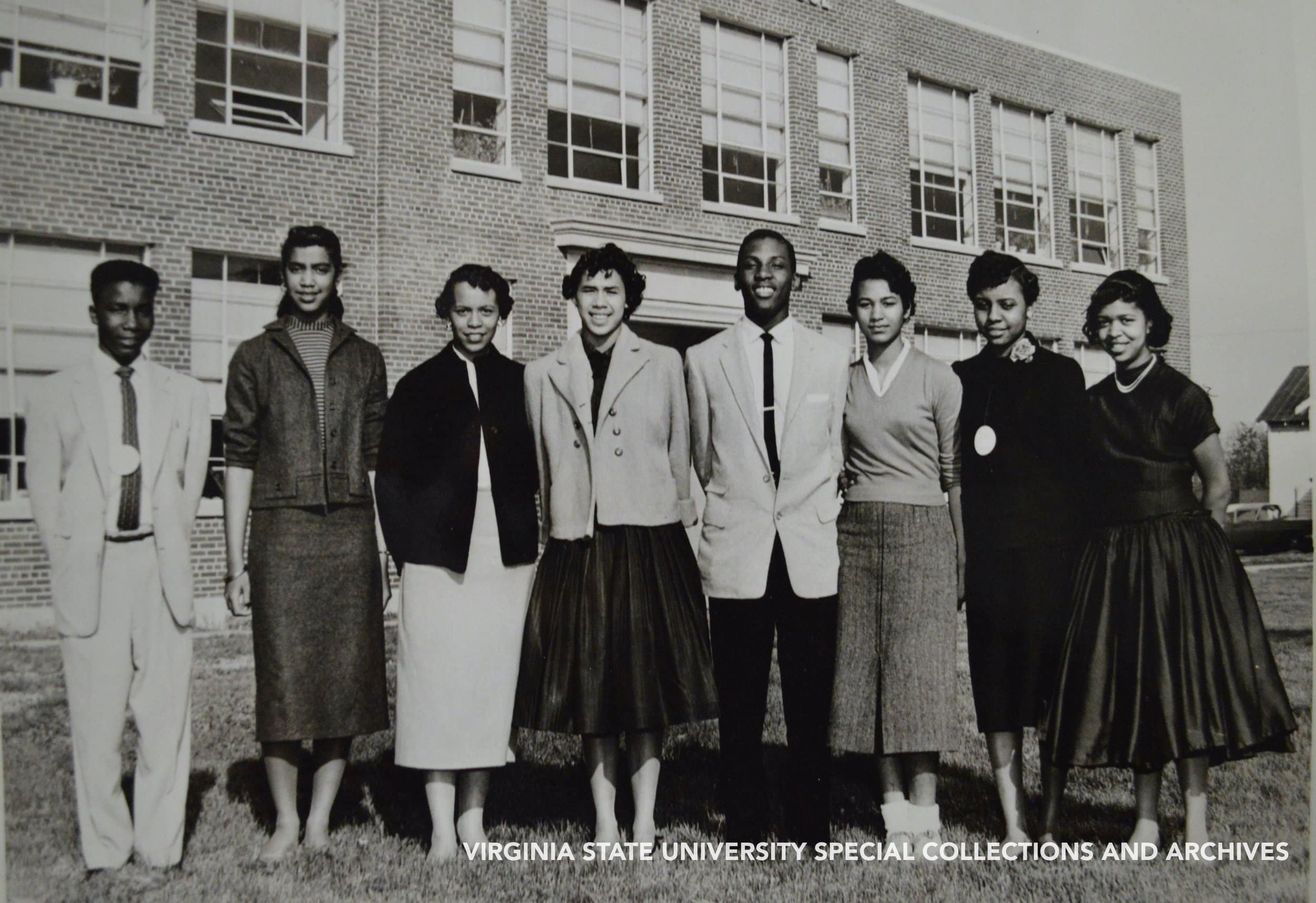Book — Non-fiction. By Howard Zinn. 2005, with a new introduction by Anthony Arnove in 2015. 784 pages.
Howard Zinn's groundbreaking work on U.S. history. This book details lives and facts rarely included in textbooks—an indispensable teacher and student resource.
Continue reading
Teaching Activity. By Doug Sherman. Rethinking Schools. 4 pages.
The author describes how he uses biographies and film to introduce students to the role of people involved in the Civil Rights Movement beyond the familiar heroes. He emphasizes the role and experiences of young people in the Movement.
Continue reading
Book — Non-fiction. By Charles M. Payne. 1995. 506 pages.
A people's history of the Civil Rights Movement in Mississippi.
Continue reading
Book — Non-fiction. By Charles E. Cobb, Jr. 2008. 388 pages.
An educational travel guide to historic sites of the Civil Rights Movement.
Continue reading
Film. Produced by Henry Hampton. Blackside. 1987. 360 minutes.
Comprehensive documentary history of the Civil Rights Movement.
Continue reading
Film. By Joan Sadoff, Robert Sadoff, and Laura Lipson. 2002. 60 minutes.
Documentary film on women in the Civil Rights Movement in Mississippi.
Continue reading
Digital collection. Resources on the Southern Freedom Movement compiled by those who lived it. Includes a bibliography, timelines, photos, primary source documents, and lists of speakers.
Continue reading
The first African Liberation Day drew some 60,000 demonstrators in cities across the United States and Canada, including one on the National Mall in Washington D. C.
Continue reading
The 1968 Fair Housing Act was signed into law after years of struggle and grassroots organizing.
Continue reading
The Tuskegee Student Uprising of 1968 was one of many instances when Black students fought to expand educational opportunities and create more equity on college campuses.
Continue reading
Five-year-old Anthony Quin and his mother and siblings protested against the election of five Mississippi Congressmen from districts where Black people were not allowed to vote. Refused admittance, they sat on the steps and police-instigated mayhem ensued.
Continue reading
William Lewis Moore, a white postal worker from Baltimore, was murdered on the road in Alabama during a one-person march for racial justice.
Continue reading
Founding of the youth-led Civil Rights Movement organization, the Student Nonviolent Coordinating Committee.
Continue reading
Future Mississippi Supreme Court Justice Tom P. Brady delivered a racist speech called “Black Monday” in response to the U.S. Supreme Court’s Brown v. Board of Education decision, inspiring many white leaders to join the White Citizens’ Council.
Continue reading
The Virginia Interscholastic Association (VIA) was established to provide African American high school students in Virginia with athletic, artistic, academic, and leadership opportunities unavailable to them in segregated schools.
Continue reading
Shaw University was established as a co-ed campus with support from private donors and the Bureau of Refugees, Freedmen and Abandoned Lands. It is the second oldest HBCU in the South.
Continue reading

